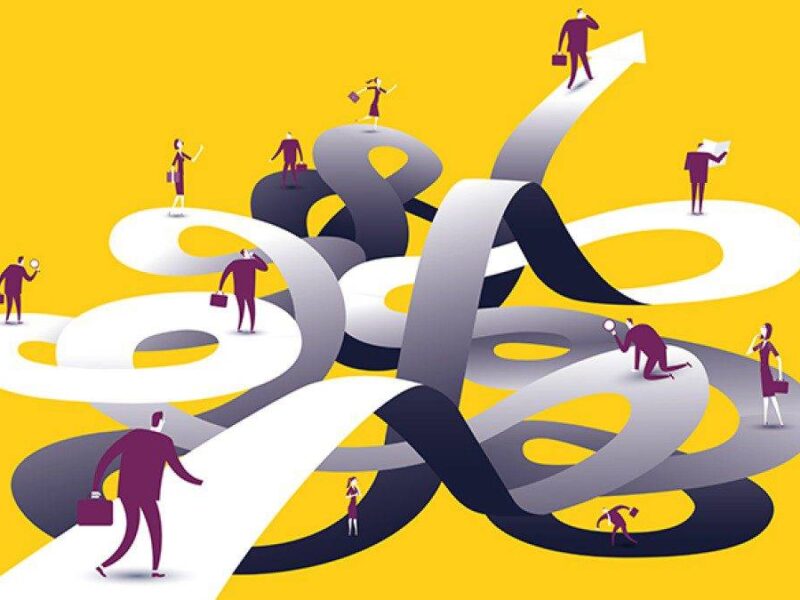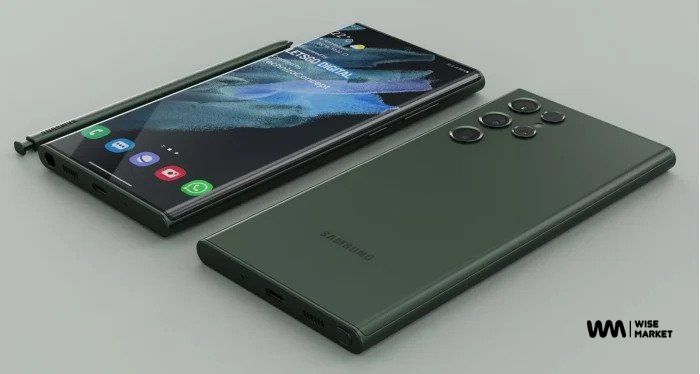Web3 is a blockchain and cryptocurrency project, but it is possible that there are multiple metaverses. While the technologies are intertwined, they have significant differences.
The internet and advanced techniques are always changing. However, as new technology advances, it brings with it a variety of ratios and scenarios for users.
For example, the internet was introduced many years ago. However, privacy concerns continue to be a major source of debate and controversy. Web3 and the metaverse exhibit the same phenomenon in terms of their use and identity. Both are gaining popularity and recognition in the business and technology worlds.
Hashtags come and go, but some stick around for a while. Web 3.0 and the metaverse are two relatively new terms that are frequently used interchangeably. However, they are two distinct technologies.
Continue reading to learn what they are and what they are not. And what distinguishes them.
What Exactly Is Web 3.0?
Web 3.0, also known as Web3, is a new concept. The primary goal of Web3 is to be completely decentralized, putting content creation in the hands of producers. as opposed to platform owners
While no one owns the internet, a few major corporations wield significant power. Which some critics consider excessive. Web3 decentralizes the internet and returns control to users.
Web 3.0 is divided into five sections:
The semantic internet
Artificial intelligence is used in the semantic web to determine what a customer or user may indicate or intend. Its purpose is to provide a more precise indication of searches. This is accomplished by focusing on the true definition of the search terms rather than keywords or numbers.
AI
Web3’s AI is designed to better understand what a person is looking for in order to provide more accurate results.
3D graphics and spatial web
Using virtual reality headsets and lifelike graphics, websites can become more realistic.
Cryptocurrency and blockchain technology
The use of blockchain and cryptocurrency aims to eliminate the need for a middleman and media to facilitate transactions between parties. This is critical for Web3 decentralization.
There is connectivity everywhere.
The constant connectivity provided by broadband, 5G, Wi-Fi, and IoT distinguishes Web3 applications.
In the fully realized spatial web, every component of nearly every tower in the physical realm will be fully digitized Each person will have a virtual avatar that will be able to move around virtual collaboration or gathering places. This means that all information on Earth will be spatialized.
Now try to visualize the spatial web. Take, for example, Google Street View. You can walk into buildings instead of scrolling by them. Wearable IoT technology is included in the spatial web. VR headsets, self-driving cars, and blockchain-based decentralized computing are just a few examples.
There’s also augmented reality. This includes information such as trivia and repair instructions to an object.
>>> Top Metaverse Development Companies
What Exactly Is the Metaverse?
Even after the company’s name was changed to Meta in 2021. The metaverse is not a Facebook initiative, but it is supported by Facebook.
The metaverse is a collective virtualization technology that was created by combining virtual and physical reality. That is device and vendor-independent. It has its own autonomous virtual economy powered by cryptocurrencies and NFTs.
Education, medical, retail, and virtual events can all provide immersive experiences. They are not obligated to construct their own infrastructure. The metaverse, on the other hand, will provide the framework. While virtual events may provide more integrated offerings, retail may offer a more interactive shopping experience.
Is Metaverse the same as Web 3.0?
You might be wondering if Web 3.0 and Metaverse are the same thing after reading about them. But, no, the answer is not the same here.
The Metaverse and Web 3.0 are not the same things. The Metaverse is concerned with how the Internet will be integrated into people’s everyday lives. Web 3.0, on the other hand, is the Internet of the future.



